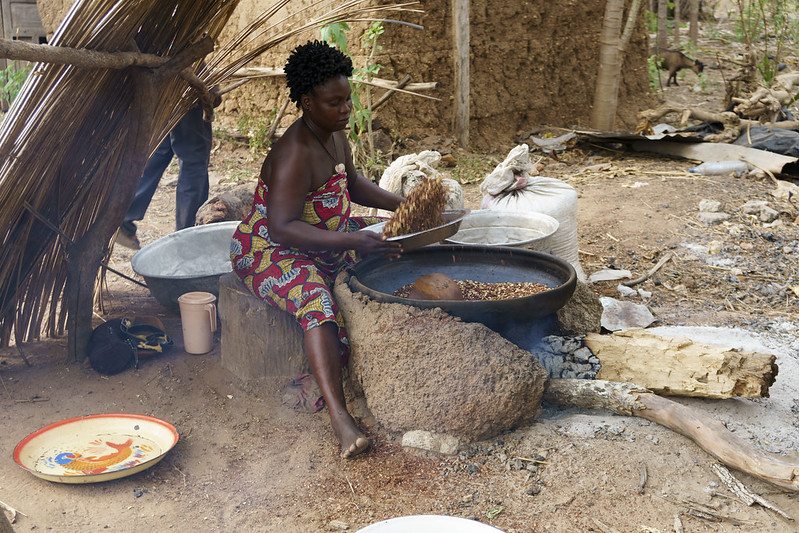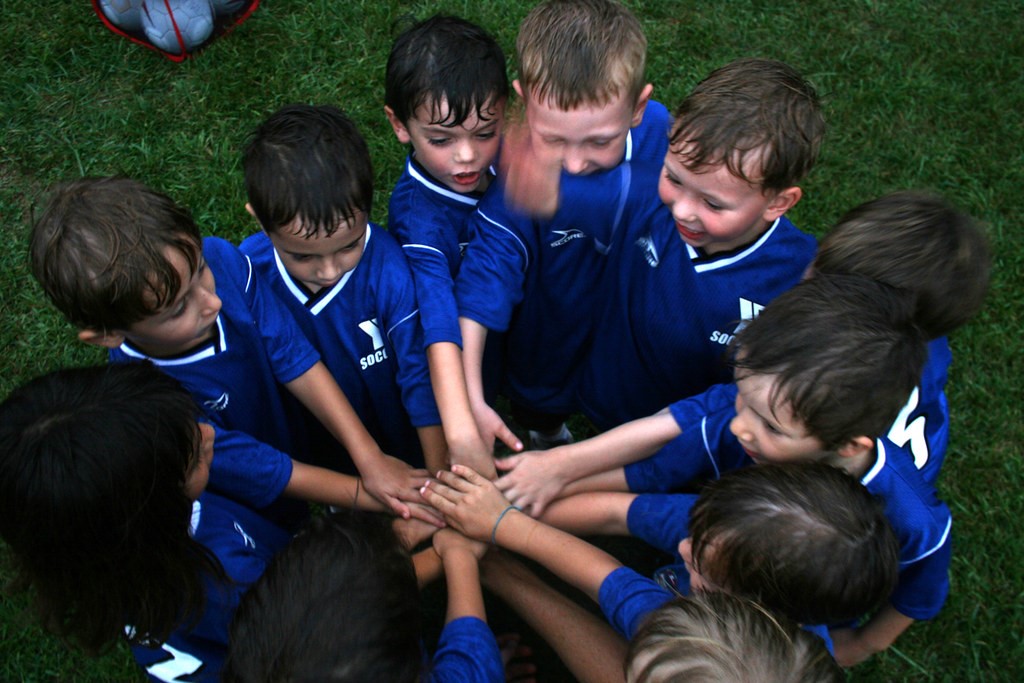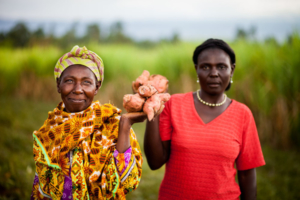 Malawi, a small country in southeastern Africa, faces one of the highest poverty rates in the world, with more than 70% of its population living below the poverty line. This figure highlights the urgent need for sustainable solutions to address the various challenges of poverty, including health, education, agriculture, and clean water access. Several NGOs in Malawi are actively working to alleviate poverty and improve the quality of life for the people.
Malawi, a small country in southeastern Africa, faces one of the highest poverty rates in the world, with more than 70% of its population living below the poverty line. This figure highlights the urgent need for sustainable solutions to address the various challenges of poverty, including health, education, agriculture, and clean water access. Several NGOs in Malawi are actively working to alleviate poverty and improve the quality of life for the people.
MBF Lifesaver Clinics
The Medical Benevolence Foundation (MBF) focuses on maternal and child health through its Lifesaver Clinics in Malawi. It operates clinics through local churches and has a large community-based staff. One of its key locations opened in 1937, the Bembeke clinic serves more than 29,000 residents and delivers an average of 43 babies every month. By providing critical health care services, including prenatal care, vaccinations and health education, MBF aims to reduce maternal and infant mortality rates. The organization’s outreach efforts not only enhance access to medical services but also educate local families about health and nutrition, fostering a healthier future for impoverished mothers and their children.
Hope4Malawi
Education is a core pillar of sustainable development, and Hope4Malawi is one of the NGOs in Malawi that focuses on enhancing educational access for children in rural areas. It has made significant investments in building schools and creating essential educational resources, such as libraries and feeding programs. By supporting students from primary school through to university level, Hope4Malawi creates a cultural hub of learning and support. The organization also integrates e-learning opportunities, allowing students to access a broader range of educational materials.
Hope4Malawi intends to build and provide supplies for 12 classrooms and three libraries before 2029 through a partnership with the Ministry of Education. The organization provides sponsorships and additional support that allow students to attend secondary education who would otherwise not be able to. As a result, enrollment and retention rates have increased, creating a generation equipped with the skills and credentials needed for future success.
The Hunger Project
The Hunger Project is one of the NGOs in Malawi that has been active since 1999. The organization addresses poverty through sustainable agriculture and food security initiatives. Recognizing that food insecurity is a significant contributor to poverty, the organization provides training on modern farming techniques and crop diversification. Utilizing the Epicenter Strategy, this organization mobilizes community members against hunger and poverty until they have become self-reliant.
By promoting community gardens and cooperative farming practices, The Hunger Project empowers local farmers to improve their yield and nutrition. The organization has helped reduce malnutrition in Malawi and has provided economy-boosting initiatives to workers, such as beekeeping. The initiative not only enhances food security for families but also fosters economic empowerment, enabling communities to thrive sustainably.
WaterAid Malawi
Access to clean water is a fundamental human right, and WaterAid Malawi is at the forefront of efforts to improve water and sanitation across the country. Working in 14 towns and cities, WaterAid implements projects that provide clean water and educate communities about hygiene practices. This vital work significantly reduces the spread of waterborne diseases, improving overall health outcomes. This organization intends to provide clean water to the most impoverished communities by 2030 through a sustainable development program.
WaterAid works closely with the country’s Water, Sanitation and Hygiene (WASH) sector to provide innovative technology for new toilet and water collection systems. By ensuring access to clean water, WaterAid not only improves community health but also provides individuals with more time to devote to work or studies.
Concern Worldwide
Concern Worldwide has developed an approach to tackling poverty from multiple angles in Malawi. The organization provides food security initiatives, such as Food Systems for Food Security, prenatal care, and vaccination programs, alongside emergency response efforts during crises such as natural disasters. Concern has implemented agriculture programs that incorporate crop diversification, intercropping and other protective methods that prepare communities for unexpected weather fluctuations.
In a three-year program, Concern helped local farms raise annual harvest intake by 72%, improving the security and nutrition of community youth. By addressing immediate needs while also working on long-term solutions, Concern Worldwide helps build resilience within communities. Its lifestyle-focused approach ensures that families can survive as well as prepare for the future of the next generation.
Overall Impact
The work of these NGOs in Malawi illustrates the diverse and integrated approaches necessary to combat poverty in Malawi. By addressing health, education, agriculture, and water access, they demonstrate that sustainable development requires collaborative efforts that engage local communities. The ongoing commitment of these organizations plays a crucial role in improving the quality of life for vulnerable populations in Malawi.
– Lauren Sellman
Lauren is based in Rochester Hills, MI, USA and focuses on Good News and Global Health for The Borgen Project.
Photo: Flickr
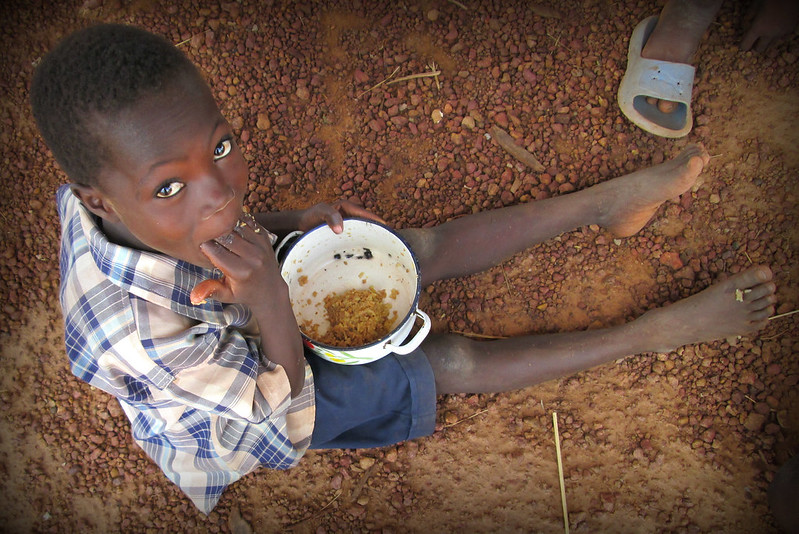 Globally, approximately
Globally, approximately 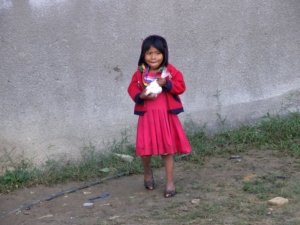 For some, poverty in Mexico is their reality. Juana, a
For some, poverty in Mexico is their reality. Juana, a 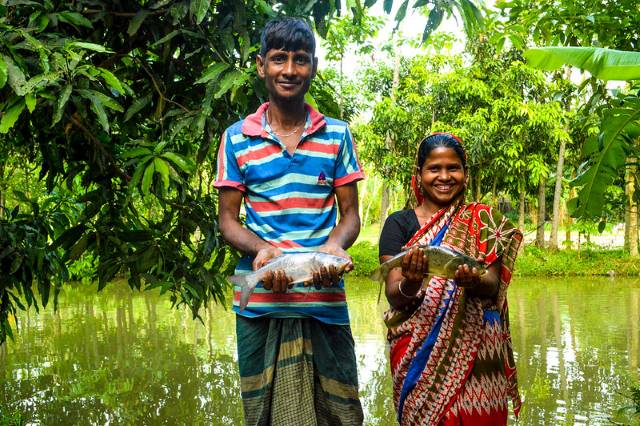 The Hunger Project is a global nonprofit organization that strategizes to help end hunger and
The Hunger Project is a global nonprofit organization that strategizes to help end hunger and 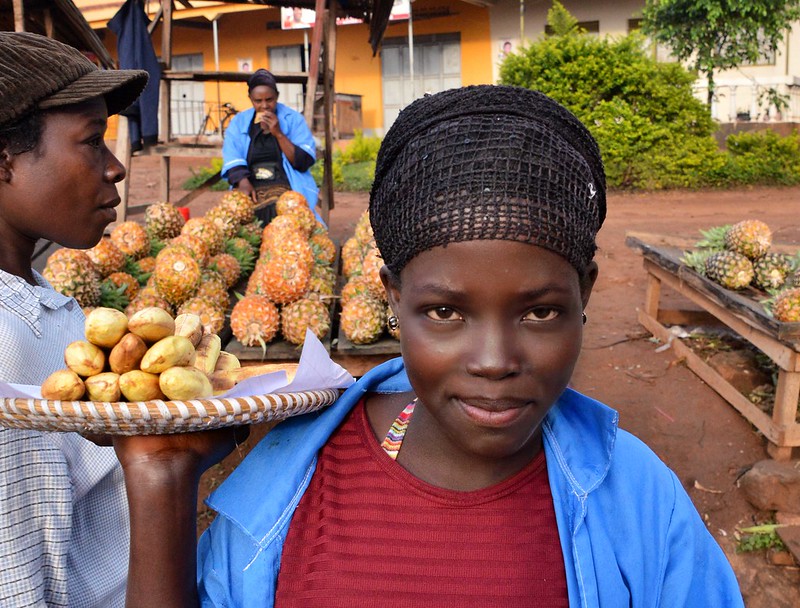 When it comes to the fight against poverty, innovation is just as important as in any other field. Coming up with creative, sustainable solutions for such a massive problem is critical in any nation. However, it is more important in developing countries, where funds allocated for poverty reduction are often limited. By thinking outside the box, governments, private sector organizations and NGOs can effectively accomplish poverty reduction efforts across many sectors. Here are just a few innovations in poverty eradication in Uganda.
When it comes to the fight against poverty, innovation is just as important as in any other field. Coming up with creative, sustainable solutions for such a massive problem is critical in any nation. However, it is more important in developing countries, where funds allocated for poverty reduction are often limited. By thinking outside the box, governments, private sector organizations and NGOs can effectively accomplish poverty reduction efforts across many sectors. Here are just a few innovations in poverty eradication in Uganda.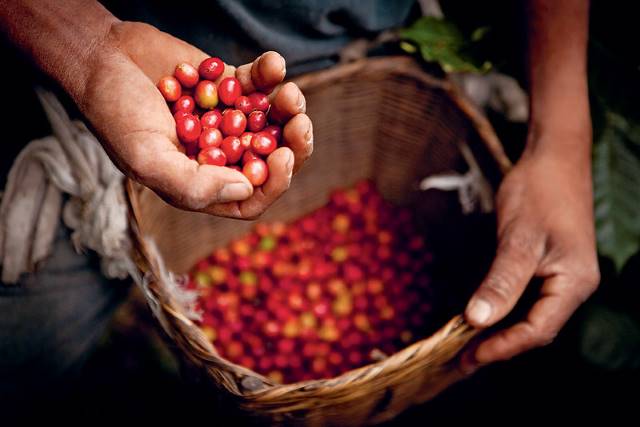
 Ghana, a small country located in West Africa, has dealt with tremendous economic struggles since the 1990s. The good news is that the United Nations Development Programme (UNDP) recently shared
Ghana, a small country located in West Africa, has dealt with tremendous economic struggles since the 1990s. The good news is that the United Nations Development Programme (UNDP) recently shared 